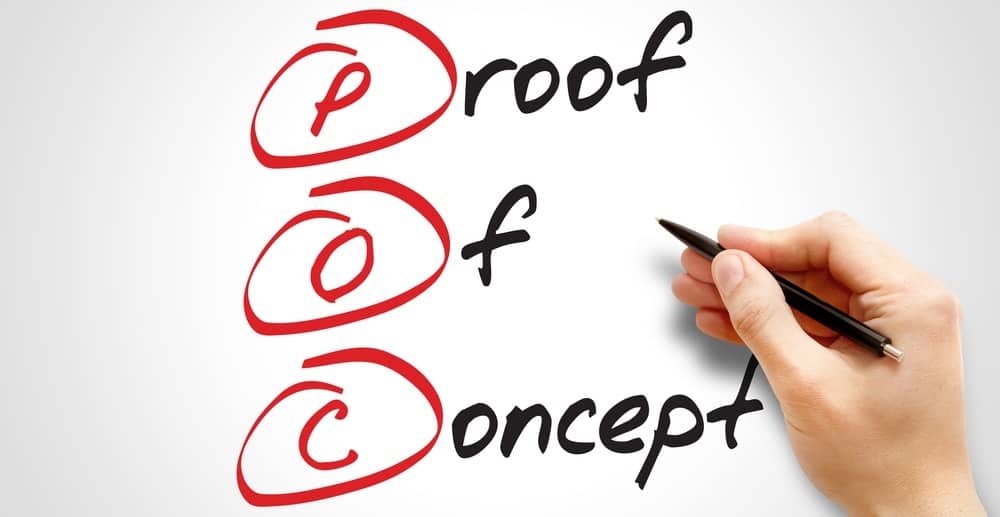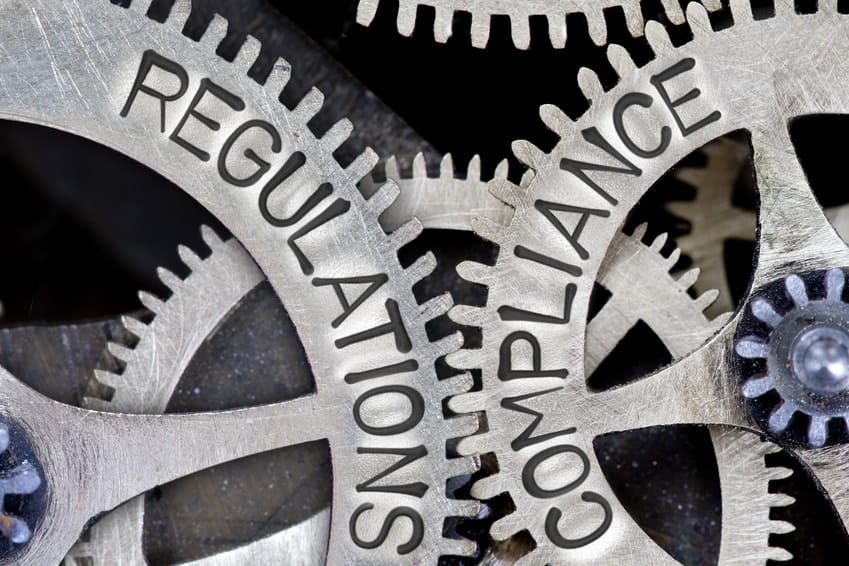Last wee sitting in the doctor’s office, (phoneless), I made the flippant decision to peruse the ‘Where’s Wally’ abandoned on the seat next to me. A book I hadn’t spared a thought for in years brought me a level of frustration and irritation, usually reserved for my doctors’ inability to be on time. Now, I’d generally enjoy anything that chews up the wait time at the doctors’ office, but this left me somewhat frustrated and rather irritated. Losing your time and getting frustrated can be a massive problem in business, especially when it’s avoidable. Keeping track of your assets plays a key role in your business. It will save time, money, ensuring compliance is correctly reported and can play a crucial part in assisting your business with short and long-term planning. Particularly when it comes to your IT infrastructure, from your machines, network to your computer software – it’s generally your main connection with clients, employees and vendors, so when your equipment isn’t playing ball you need to know whats going on asap What to consider for Asset Management to be effective:
- What information to record? What assets, where do they live, when are they replaced, do they need security updates, who is responsible for them, what is the business function… Make sure before you start the audit that your team is clear on the information that they are gathering. This is fundamental.
- Consider automated vs manual auditing: In many cases using an asset management system can reduce the time and effort involved in gathering asset information and free your team up for other tasks. Manual audits can consume your team for many days and in larger organisations weeks and months. Systems can monitor and maintain the asset registry on-going basis so that records are accurate always.
- How will you use the Asset Information? This is where the true benefits of Asset Management are realised, assuming that your audit has returned accurate asset data, you can start tracking the location and use of company assets. Compliance to software licensing, recycling and upgrades can be monitored and used in budgeting.
- Continuous improvements: Make sure that everything that you learn along the way is incorporated back into the asset management process, refining the information and its business value.
If your organisation needs help in this area, contact us today to discuss how we can help you.
If you’re looking for consultancy services to help design your own IT business processes, contact Starboard IT to find out what we can do for you.



